How to Use African Blue Basil: A Gut-Healing Chutney Recipe to Preserve the Harvest
Ali Segersten Jul 21, 2025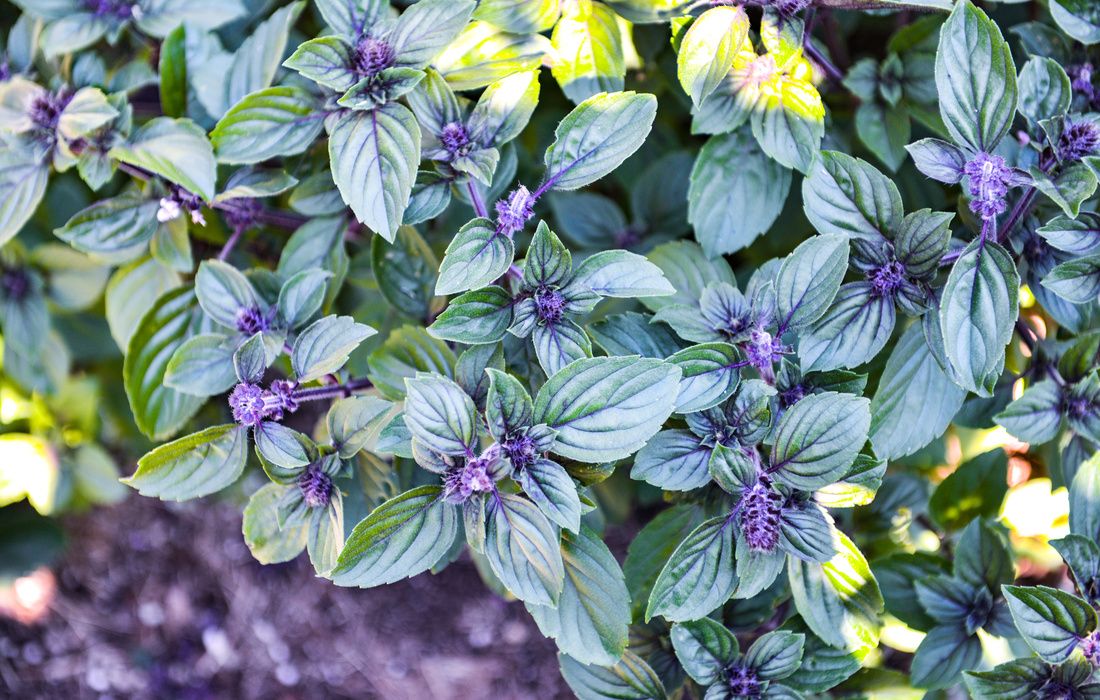
If you grow African Blue Basil—also known as Purple Mountain Basil—you know how abundant and fragrant this plant becomes in late summer. This raw, oil-free spicy blue basil chutney recipe is one of my favorite ways to preserve the harvest and support deep nourishment and wellness all year long.
Made with fresh blue basil, lime juice, garlic, ginger, and Thai chili peppers, this chutney is anti-inflammatory, microbiome-supportive, and incredibly flavorful. I grow multiple types of basil every year—sweet basil, Thai basil, holy basil (tulsi), and of course, African Blue. These simple daily rituals of tending, harvesting, and preparing herbs are the foundation of my own health, infusing everyday meals with nourishment and rhythm.
Health isn’t always about big changes. It’s often about quiet, daily choices—those that attune us to the seasons, the soil, and the messages of our bodies. This simple chutney, made from beautiful, pollinator-loving blue basil and a few bold pantry ingredients, is one of those choices.
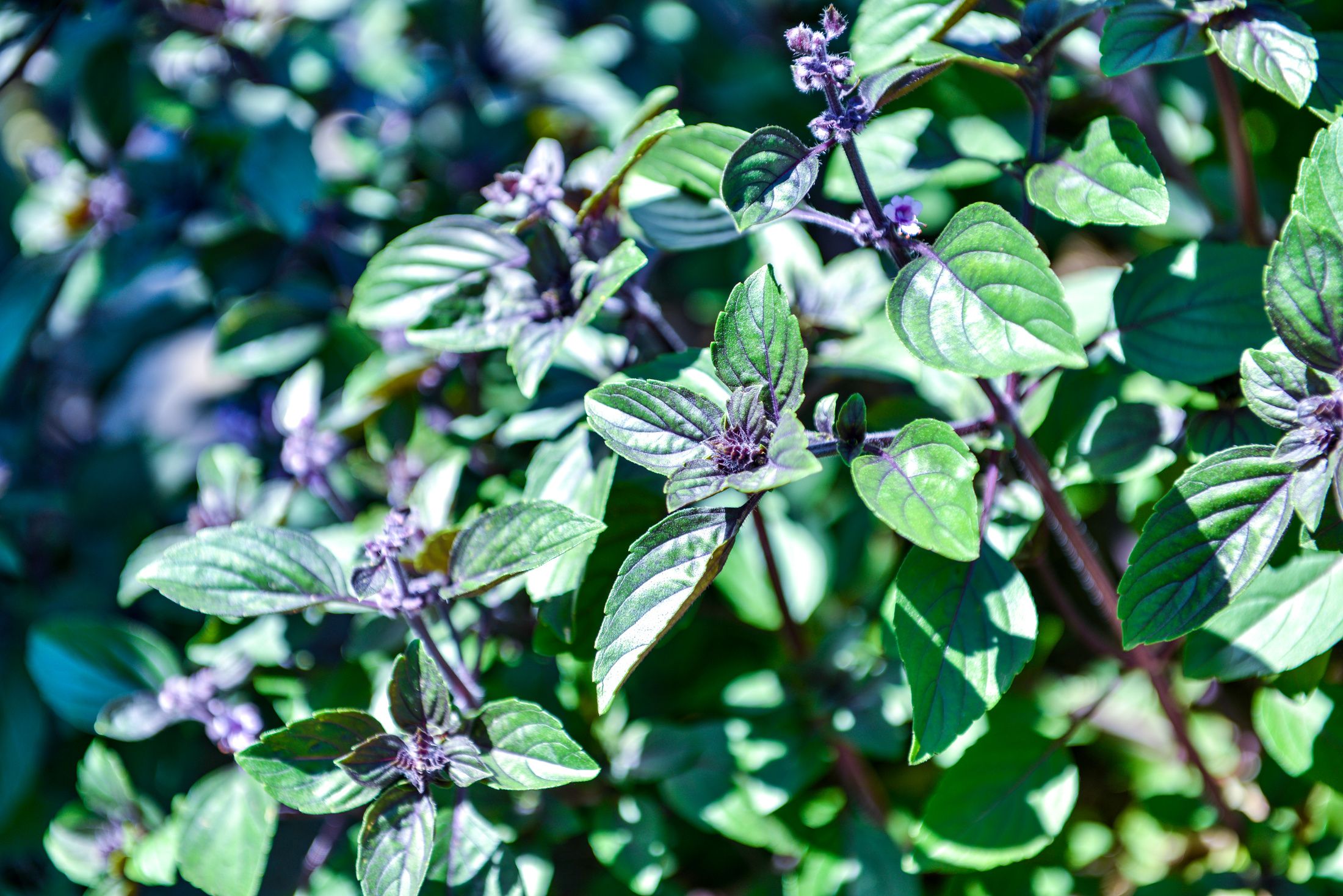
What Is African Blue Basil (Also Called Purple Mountain Basil)?
I grow African Blue Basil every year here in the Pacific Northwest, where it thrives from early summer through late October—often right up until our first frost. Whether planted in raised beds or patio pots, it loves full sun, well-drained soil, and frequent harvesting.
This variety—sometimes called Purple Mountain Basil—is a natural hybrid of Ocimum kilimandscharicum (East African camphor basil) and Ocimum basilicum (sweet basil). Discovered in the 1980s, it has since become beloved for its resilience, beauty, and medicinal potential.
If you’ve ever brushed past a flowering stem of African Blue Basil, you know the scent lingers on your hands. Earthy, floral, and spiced with clove and camphor. Its dark green leaves are streaked with purple, and its stems and blossoms glow in shades of deep lavender—making it as stunning as it is functional. The flavor is bold and complex—slightly spicy, with warm, aromatic undertones—which makes it the perfect match for strong, grounding flavors like lime juice, garlic, ginger, and chili in a raw chutney.
Unlike sweet basil, which can slow down as the days cool, African Blue Basil keeps growing long into fall. It’s incredibly abundant, pollinator-friendly, and gives generously when tended with care.
I have so many types of bees buzzing throughout my garden all summer thanks to my blue basil, holy basil, lemon balm, and oregano. I love nurturing our pollinators. These plants don’t just nourish us—they nourish the whole ecosystem!
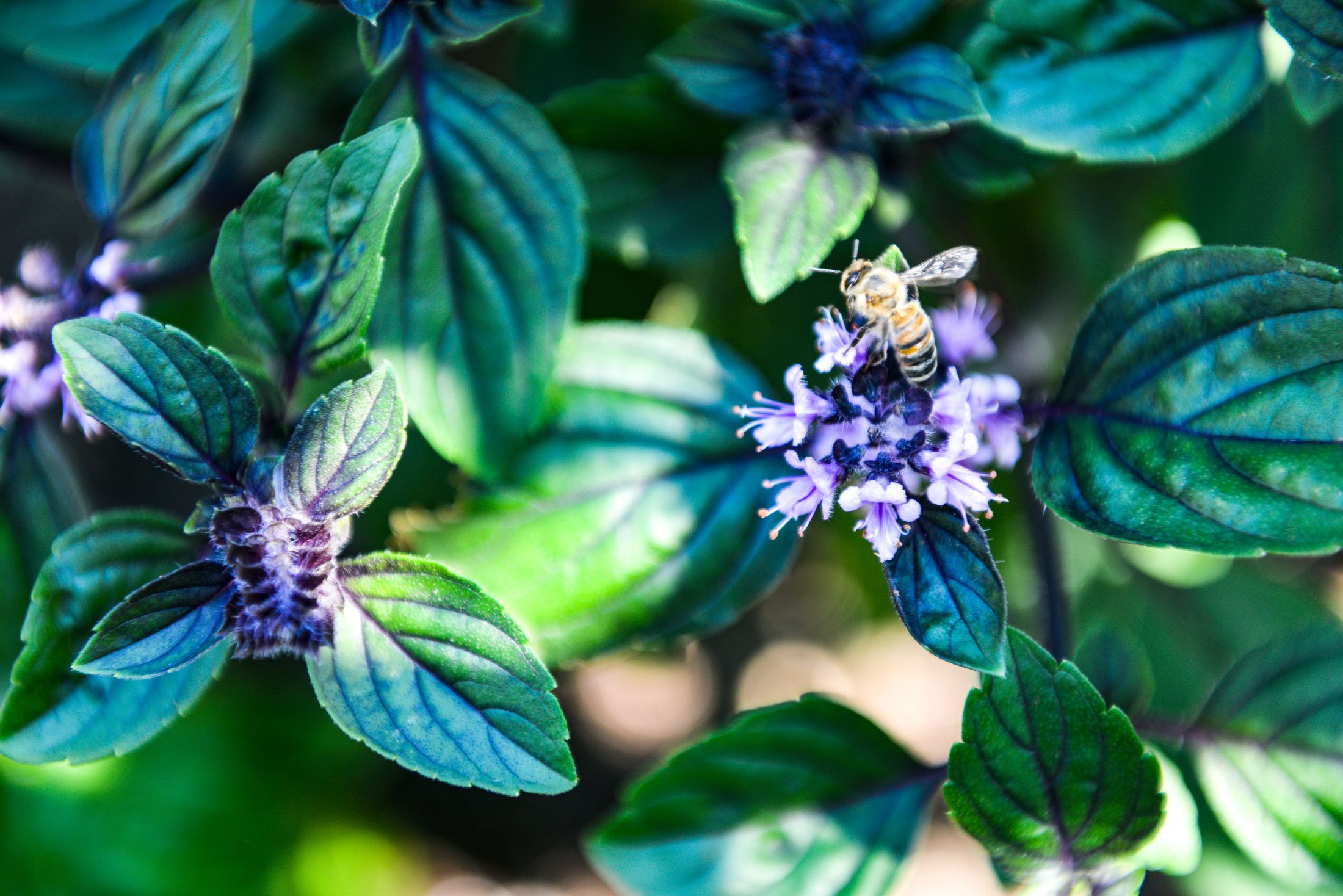
The Healing Properties of Basil
Herbs like basil may seem small in a recipe—but they’re powerful messengers in the body. Their aromatic oils, bitter compounds, and phytonutrients work on multiple levels to support digestion, immunity, detoxification, and microbial balance.
African Blue Basil, in particular, is rich in therapeutic compounds, including:
- Eugenol, a phenolic compound also found in clove, known for modulating inflammation by inhibiting the COX-2 enzyme
- Rosmarinic acid, a polyphenol that supports immune regulation and helps maintain gut barrier integrity
- Flavonoids such as luteolin and apigenin (present in all basil species), with well-documented antimicrobial and anti-inflammatory activity
- Essential oil constituents like camphor, linalool, and 1,8-cineole, which gently stimulate digestion and help balance the gut microbiome
Together, these compounds make basil deeply gut-healing. They help calm overactive immune responses, reduce gas and bloating, support the liver’s detox pathways, and even play a role in mood regulation through the gut-brain axis.
In Ayurveda, basil is considered sacred—warming, purifying, and uplifting to the spirit. In functional medicine, we now understand that using herbs regularly—especially in fresh, raw forms—can gently reshape the body’s internal terrain. Reducing inflammation, diversifying the microbiome, and supporting long-term health through food-based signaling.
When you use herbs like basil regularly—in sauces, teas, dressings, and fresh preparations like this chutney—you’re not just flavoring your meals. You’re reminding your body how to heal.
How to Preserve African Blue Basil:
One of the gifts of African Blue Basil is just how much it gives. By late summer, my garden is overflowing with it—towering stems, fragrant leaves, and flowers buzzing with bees. And while I use it fresh daily—in spicy Thai curries, tossed into slaws and salads, and even woven into whole food desserts—I also love finding ways to preserve its healing properties for the colder months.
Here are a few of my favorite methods to preserve this beautiful herb:
✽ 1. Make This Raw Chutney and Freeze It
This oil-free, immune-supportive chutney freezes beautifully. Simply blend the ingredients, spoon into silicone ice cube trays, and freeze until solid. Then pop out the cubes and store them in a glass jar or freezer-safe container. You can thaw a cube anytime to stir into soups, curries, lentils, or salad dressings.
✽ 2. Dry the Leaves for Herbal Teas
In humid climates, fresh basil won’t air-dry well and may mold before fully dehydrating. Instead, use a food dehydrator set to a low temperature (95°F to 105°F) to gently preserve the leaves. In very dry summer climates, you can harvest stems in the morning, tie them into small bundles, and hang them in a warm, shaded, well-ventilated space until crisp. Once fully dry, strip the leaves from the stems and store them in an airtight glass jar, away from heat and light. I often blend dried African Blue Basil with tulsi and lemon balm for a calming evening tea that supports digestion, mental clarity, and nervous system balance.
✽ 3. Infuse It Into Vinegar
Herbal vinegars like this one gently draw out the aromatic oils and trace minerals from basil, while the vinegar itself offers natural digestive support through its sour flavor. To make it, add about 1 cup of loosely packed fresh basil leaves, stems, and flowering tops to a clean glass jar, and cover with 2 cups of white wine vinegar, raw coconut vinegar, or raw apple cider vinegar. Let it sit in a cool, dark place for 2 to 4 weeks, then strain. I love using this infused vinegar mixed with extra virgin olive oil in salad dressings, as a marinade for chicken, or adding a splash to grain bowls or cooked lentils for a bright, aromatic lift.
✽ 4. Blend with Olive Oil and Freeze
If you prefer a more pesto-like preparation, you can blend the leaves with olive oil and a pinch of salt, then freeze in small portions (ice cube trays work well here, too). Use as a base for dressings, dips, or sautés throughout fall and winter.

About the Author
Alissa Segersten, MS, CN
Alissa Segersten, MS, CN, is the founder of Nourishing Meals®, an online meal-planning membership with over 1,800 nourishing recipes and tools to support dietary change and better health. As a functional nutritionist, professional recipe developer, and author of The Whole Life Nutrition Cookbook, Nourishing Meals, and co-author of The Elimination Diet, she helps people overcome health challenges through food. A mother of five, Alissa understands the importance of creating nutrient-dense meals for the whole family. Rooted in science and deep nourishment, her work makes healthy eating accessible, empowering thousands to transform their well-being through food.Nourishing Meals Newsletter
Email updates.
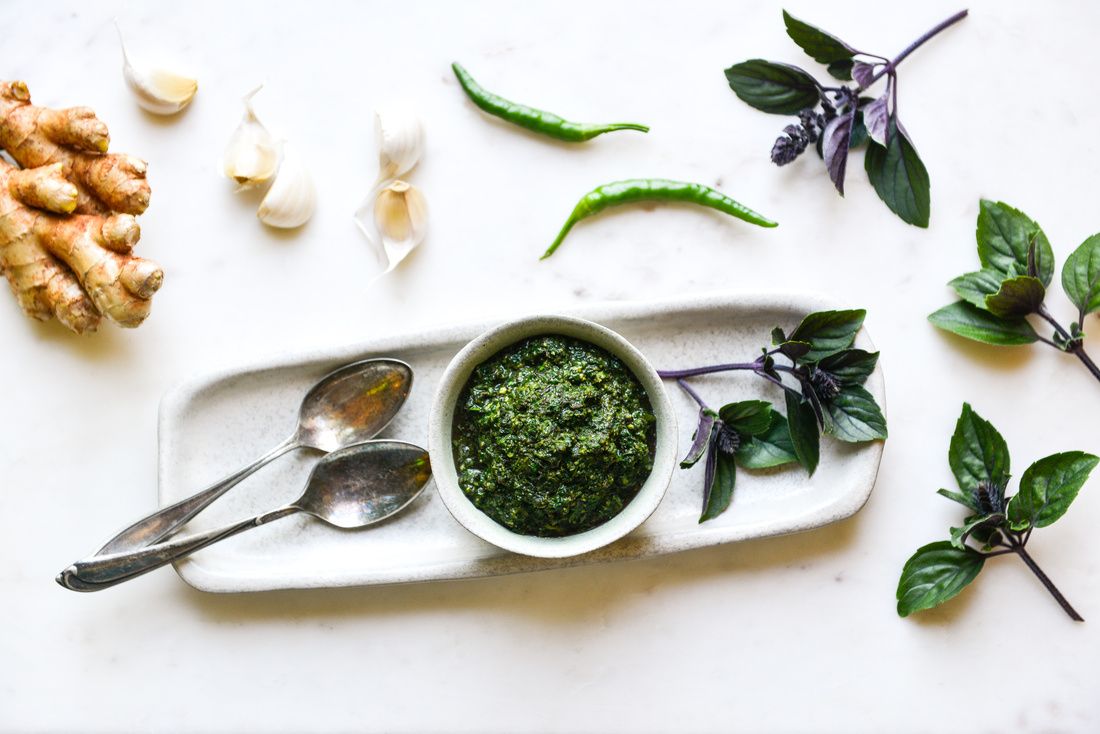
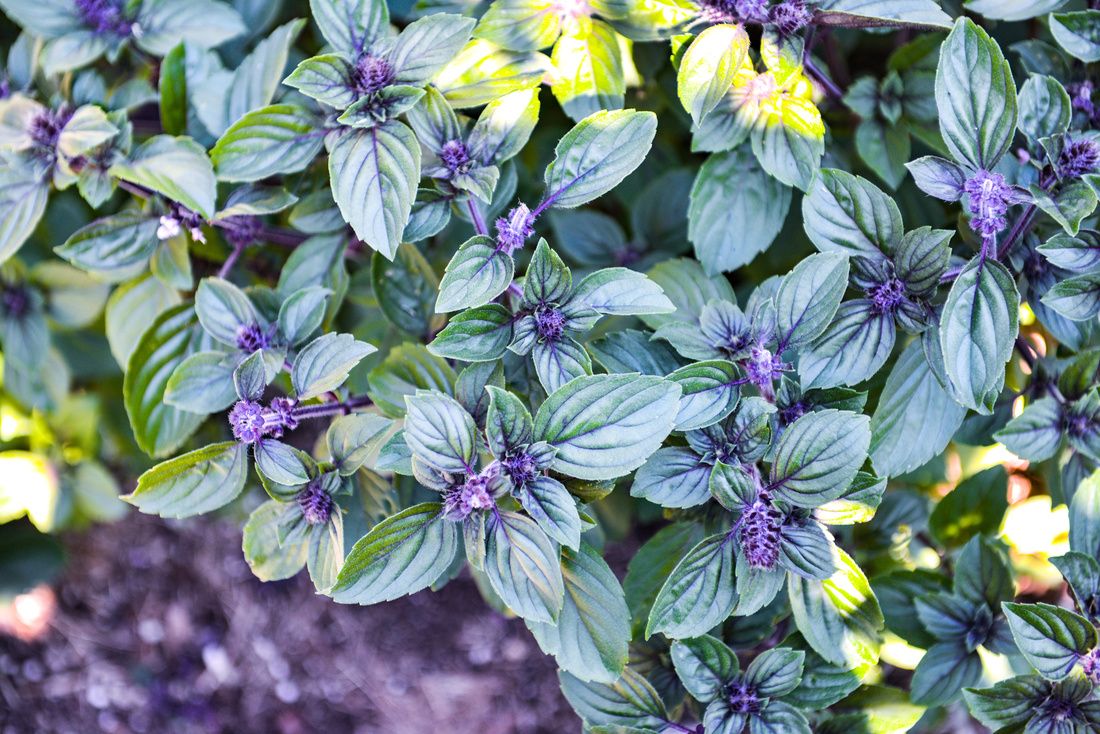
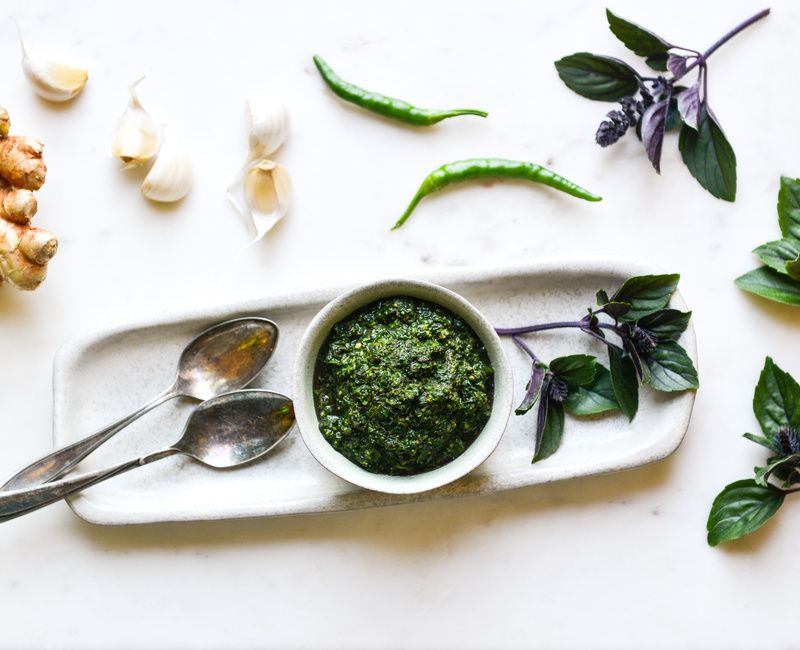
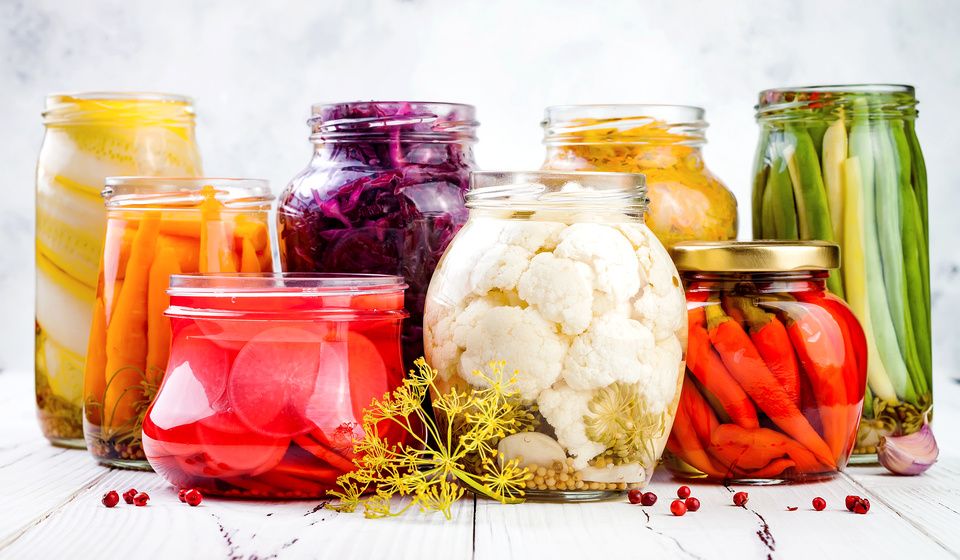
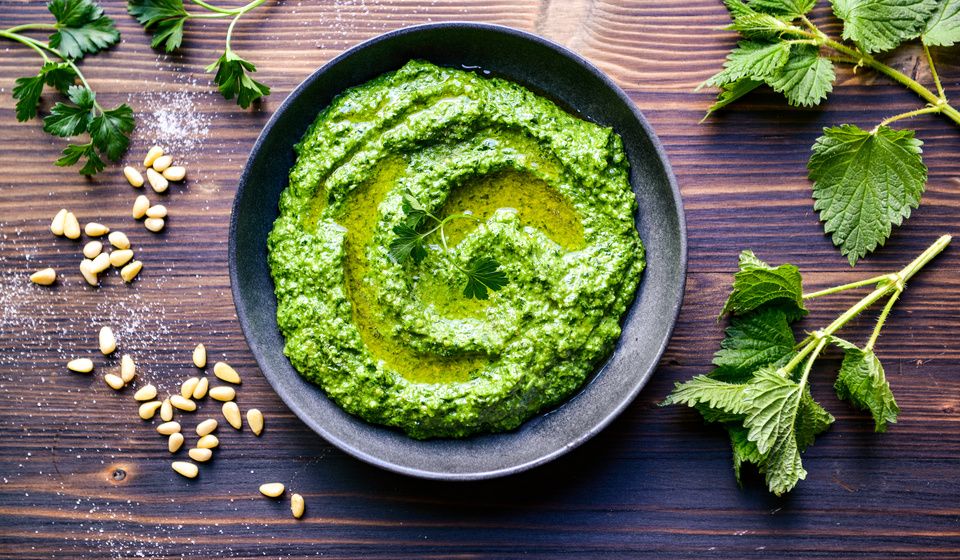
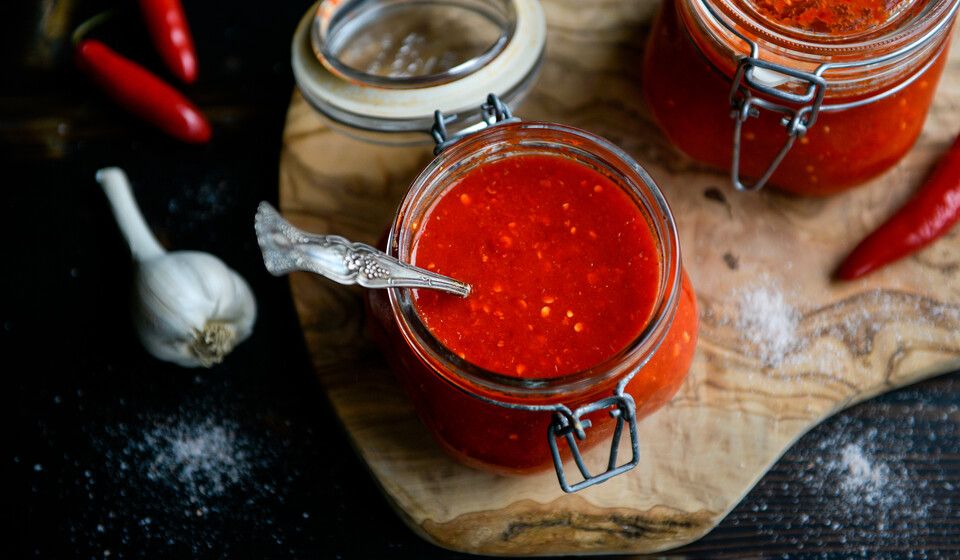
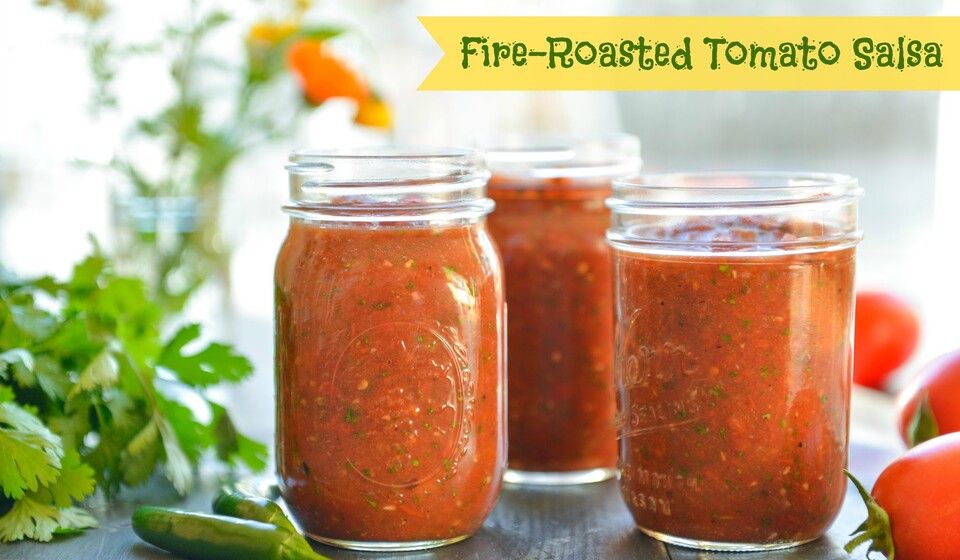
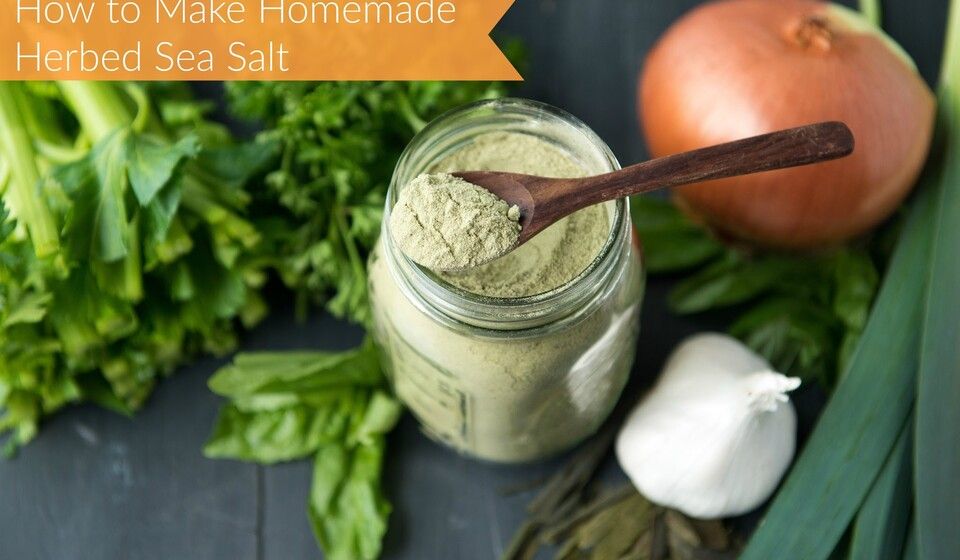
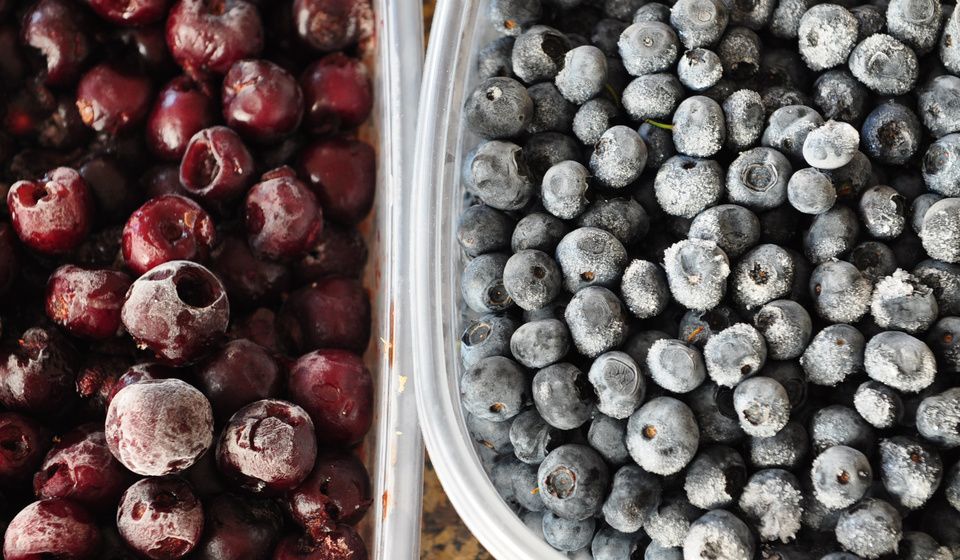
Add Comment